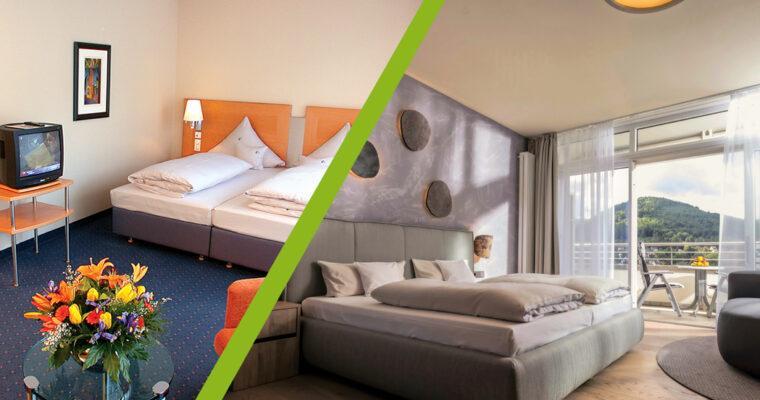The European monastic movement has come to an end. This may be regretted, but it cannot be denied. The question is – what will happen to the properties? Leaving them empty and dilapidated should not be an option. Interestingly, monastic hotels are considered one of the best ideas.
My connection to monasteries
At the beginning of my journalistic training, I had a pretty good connection with the Catholic News Agency (kna). You could join them without being Catholic. I used their services for seminars or press trips to the Vatican, for example. Journalists could stay in monasteries and enjoy their hospitality. But prayers? That had to be done in private, if at all.
Today I live in the Holy Land, and you would think that every order that respects itself would have a representative here. And they do. But where are the members? I have visited several Christian and Orthodox monasteries. They are tourist attractions. Sensational buildings with beautiful views and long histories – but the number of current residents is always less than 15, and most of them are very old.
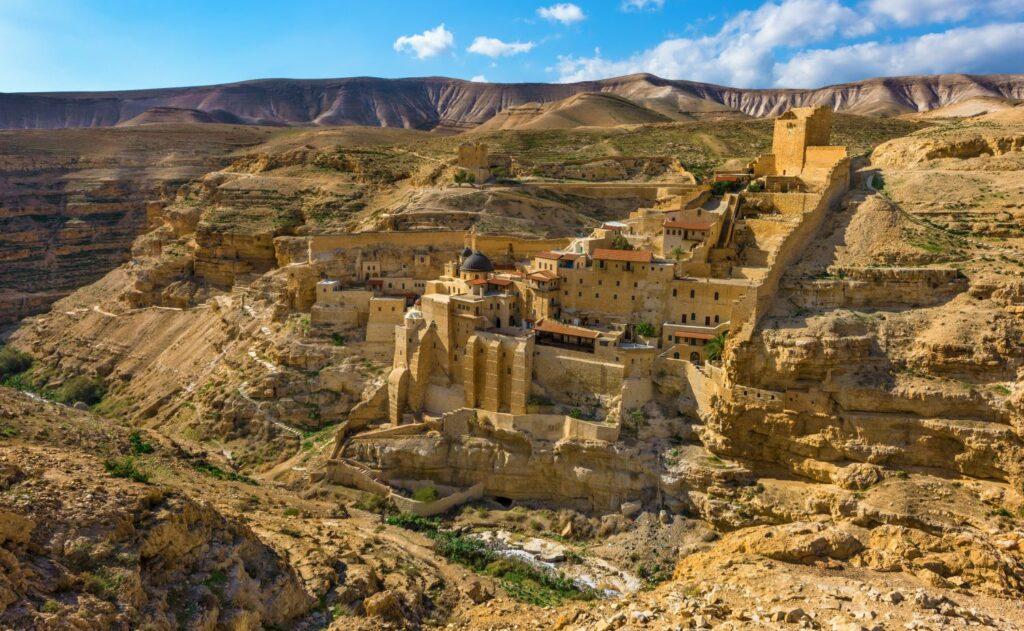
The end of an era – what comes next?
In the Middle Ages, Christian monasteries flourished in many parts of Europe. They performed important functions, such as education and nursing, and represented the spirit of the times, which may sometimes seem strange to us today. It was a time when things like miracles, penance, prayer and resurrection played a central role in people’s lives.
Some argue that monasteries are simply no longer needed because many of their former functions have now been taken over by the state. In the Middle Ages, for example, almost all monks were literate, and they copied books and built libraries. Some orders also devoted themselves to caring for the sick. But the reason why more and more monasteries are being secularized and dissolved is much more substantial. The reference to God is missing.
“God is left out”
Father Suitbert of the Benedictine Abbey of Neuburg in Germany entered the monastery over 70 years ago. At its height, there were 36 monks here. Now there are only seven monks left, and like Father Suitbert, they are all elderly. “In today’s world, God is more and more excluded; God plays almost no role in public life,” he told Deutschlandfunk radio. “[In a monastery] those who feel called by God come together on this path, and if that doesn’t happen, then there is simply nothing left. Or hardly anything.”
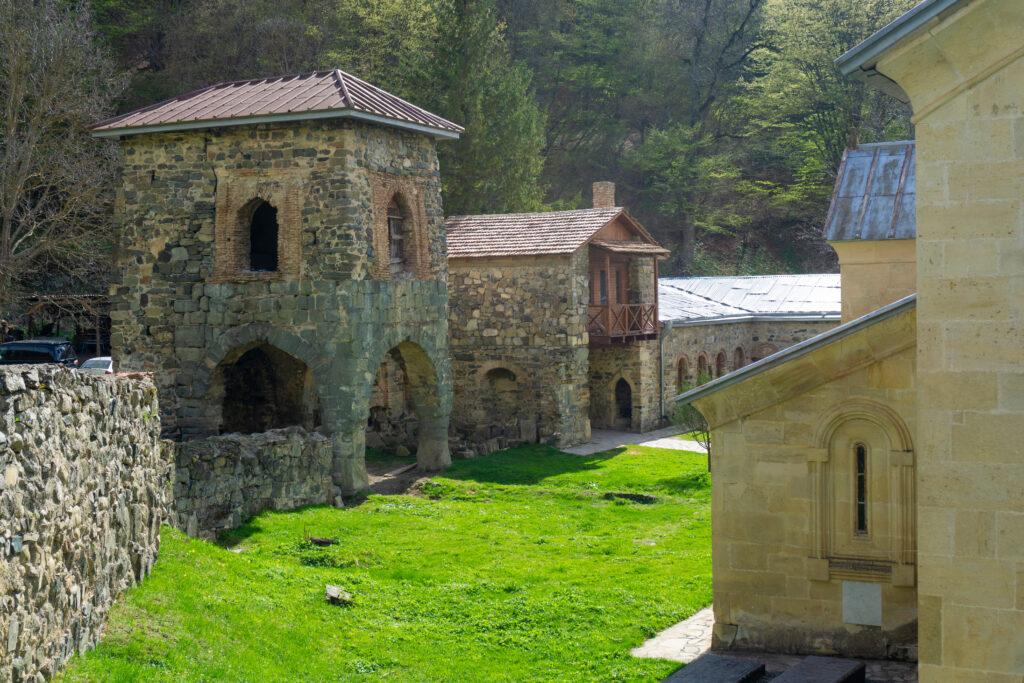
There are hardly any novices left
In 2023, in a large, Christianized European country like Germany, there were only 21 novices (newcomers in their first five years in the monastery) (all male monastic orders combined). Today, the women’s orders still have significantly larger communities than the men’s, but over 84% of the nuns are over the age of 65. In 2023, there were 38 novices.
This is a very small number of people for a very large number of (and in some cases very large) monastery buildings. Another problem is that many of the buildings are listed, which means that the cost and effort to maintain and renovate them is very high.
What happens to monastery buildings that are no longer needed?
When a monastery is closed, it is “desecrated”. It is no longer a sacred space, but an ordinary building. However, the building should not be used in an “unworthy” way, as can be seen from various diocesan decrees.
Some time ago, the magazine “Christ in der Gegenwart” took a closer look at what happens to dissolved monasteries. It introduced several real estate companies that specialize in the “liquidation” of church buildings and also addressed the question of what use would be most desirable for the church. One scandal was the (almost) buyer of a convent where it was later discovered that the building was to become a swingers club.
Monastery hotels are the best choice
Housing projects, such as multi-generational housing or student housing, are popular. But of the various projects highlighted by the Christian weekly, hotels seemed to be the most successful. Especially those that draw on the monastic heritage and make that culture visible.
„To be a host. This is an old Christian theme.“ – Beate Hierold, Administrator of the Arenberg Abbey
Green PearlsⓇ Hotels in former monasteries
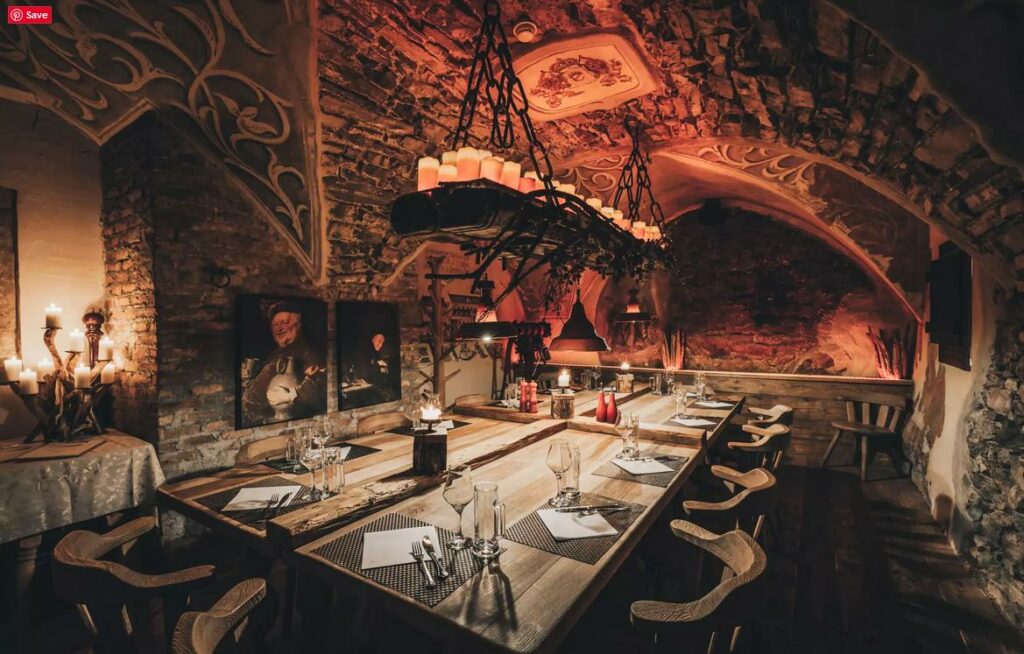
The Green PearlsⓇ network of sustainable hotels includes three hotels built on the site of former monasteries. From a sustainability perspective, this has several advantages:
- Using existing buildings is ecologically better than building from scratch.
- The cultural and architectural heritage of the region is preserved.
- Many historically valuable buildings can be saved in this way.
Interestingly, monasteries also have a kind of “magic effect” on people. At least that is what the church historian Joachim Schmiedl has observed. He said (also to “Christ der Gegenwart”) that the dying out of monasteries is accompanied by an increased interest among people in everything to do with monks, nuns and monasteries.
Hotel Klosterbräu: A place for guests – and home-brewed beer
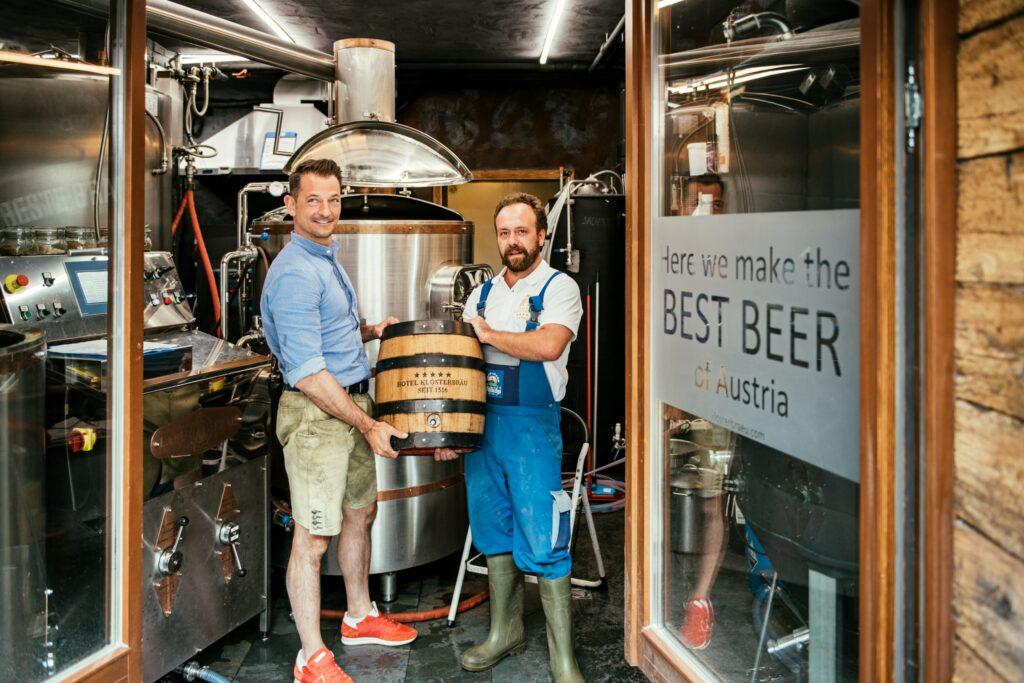
The Hotel Klosterbräu in Seefeld in Tyrol is certainly a prime example of a hotel that continues to cultivate the cultural heritage of a monastery. An Augustinian monastery was founded in Seefeld in 1809. Pilgrims were accommodated here early on, and the monks served them home-brewed beer.
For the past 200 years, the former monastery has been owned by the Seyrling family, who have transformed it into a 5-star wellness hotel. They have kept the tradition of brewing beer.
Many other elements of the former monastery are still visible today. There are vaulted cellars and the former monastery bell hangs prominently above the outdoor pool.
- Here you can learn more about the hotel’s 500+ year history.
Klosterhof – Alpine Hideaway & Spa: a place to heal

The Klosterhof – Alpine Hideaway & Spa health and wellness hotel in Bavaria was also once an Augustinian monastery. Its history dates back to the 16th century.

Before becoming a hotelier, Dr. Andreas Färber worked as a doctor in development aid in Ecuador. “When I was in Ecuador, I became very involved with the culture there,” he says. “There are many monasteries there, and one or two had been converted into hotels, which I found very exciting at the time. (…) And that was perhaps the initial spark for what is now the Klosterhof.”
As a doctor, he has integrated a health center into the sustainable wellness hotel. This is a nice link to the roots of the Klosterhof, where the monks of the time also collected and applied knowledge about healing remedies.
- Read more about the history of Klosterhof – Alpine Hideaway & Spa.
Le Pavillon Hotel in Paris – Older than the Eiffel Tower
Paris became a metropolis in the Middle Ages. From the 15th century, church towers dominated the cityscape and there were numerous religious orders and monasteries. All schools, hospices and hospitals were run by monasteries, and even the Knights Templar had a house in Paris.
The Green Pearls® Hotel Le Pavilion in the 7th arrondissement of Paris was once a convent for nuns. It was built in the 19th century (probably a few years before the construction of the Eiffel Tower, which you can reach on foot from here).

Desecrated but not forgotten: monastic hotels carry on the legacy
I myself can say that although I am not a Christian at all, I initially found it somewhat regrettable when you see a monastery suddenly become a hotel. It looks like the worldly is taking over and the divine is disappearing. But when you look at it from a practical point of view, it turns out that hotels are perhaps the most worthy heirs at the moment. What do you think? Leave a comment and tell me what you think.
Save this article to Pinterest:





